Humidity control plays a critical role in wood product manufacturing by protecting product quality, minimizing waste, and improving operational efficiency. When overlooked, it can lead to material defects, production delays, and uncomfortable working conditions. In this blog, we’ll break down why precise humidity control matters and how it can directly improve your bottom line.
Why Humidity Control Matters in Wood Manufacturing
1. The Nature of Wood
Wood is a hygroscopic material, meaning it naturally absorbs and releases moisture depending on the humidity in its surroundings. This characteristic makes it highly sensitive to changes in its environment. If the humidity isn’t maintained within ideal ranges, wood can shift unpredictably, causing serious issues that affect manufacturing processes and final products.
2. The Impact of Fluctuating Humidity
Excessive or insufficient humidity can wreak havoc on wood during every stage of the production process. Here are some common problems caused by poorly controlled humidity:
Warping: Uneven swelling and shrinking of wood can cause it to lose its intended shape, leading to inconsistent dimensions.
Cracking: Insufficient humidity can dry out wood too quickly, causing it to crack or split.
Expansion: High humidity can make wood expand beyond its intended size, making assembly difficult and lowering product quality.
Such issues not only lead to material wastage but also affect production timelines and operational efficiency.
3. Industry Challenges
Manufacturers without proper humidity control often face:
High rejection rates of products due to defects.
Extended drying or curing times, slowing production.
Compromised finishes, as moisture impacts the adhesion of coatings and glue.
Investing in humidity control is crucial to avoid these challenges and maintain market competitiveness.
Optimal Humidity Levels for Different Wood Processes
1. Ideal Humidity Ranges
For most woodworking operations, maintaining relative humidity (RH) between 40% and 60% is optimal. Here’s why:
Storage: A stable RH prevents wood from premature drying out or absorbing excess moisture before use.
Cutting and Shaping: Controlled humidity ensures wood remains dimensionally stable, preventing inaccuracies during machining.
Gluing and Assembly: Adhesives cure more effectively in stable humidity, ensuring strong, reliable bonds.
Finishing: Paint and lacquer coatings adhere better and dry evenly in consistent humidity levels.
2. Seasonal Adjustments
Seasonal changes can cause outdoor air to fluctuate between dry winter air and humid summer conditions, making consistency tricky. For example:
During winter, cold air has less moisture, requiring manufacturers to add humidity to their workshop air.
Summers often bring excessive humidity, necessitating dehumidification systems to maintain balance.
Understanding these seasonal needs helps manufacturers proactively adjust to changes and avoid productivity dips.
3. Effects on Adhesives and Finishes
Humidity levels directly impact the strength of adhesives and the quality of finishes:
Adhesives require specific RH ranges to set and cure properly. Too dry, and they might dry out prematurely; too humid, and curing slows down.
Finishes applied in overly humid conditions can form bubbles or fail to adhere evenly, diminishing the product’s appearance and durability.
How Humidity Control Boosts Efficiency and Productivity
Bringing humidity under control doesn’t just prevent defects; it enhances the efficiency of your manufacturing processes. Here’s how:
1. Reduced Material Waste
Controlling humidity safeguards wood from warping, cracking, or expanding, significantly reducing material losses. By cutting down on rejected or unusable stock, manufacturers save money on raw materials and processing costs.
2. Better Equipment Performance
Uncontrolled humidity can clog up cutting tools and CNC (Computer Numerical Control) machines with excessive dust, leading to more frequent maintenance and downtime. Proper humidity minimizes dust buildup, extending the lifespan of your machinery while maintaining peak performance.
3. Faster Production Times
Processing times for drying, gluing, and finishing wood are shorter and more predictable when humidity is stable. When you don’t have to deal with delays caused by unevenly dried wood or poorly performing adhesives, efficiency skyrockets, allowing you to easily meet deadlines.
4. Enhanced Worker Comfort
Humidity control isn’t just about the wood; it’s about creating a better environment for your team. Proper humidity levels improve air quality, reduce temperature-related discomfort, and help workers stay focused, productive, and happy. This added comfort often translates to higher-quality work and fewer errors.
Best Practices for Maintaining Proper Humidity
Building and maintaining the right conditions in your production environment requires strategic planning and equipment. Below are the key best practices for effective humidity control:
1. Using Industrial Humidification Systems
High-quality humidification systems, such as those designed by UTR Systems, are the backbone of consistent humidity control. These systems automatically adjust the humidity in your facility to meet pre-set levels, saving time and effort compared to manual monitoring.
2. Monitoring with Hygrometers
Place reliable hygrometers throughout your facility to continuously measure humidity levels across different zones. Proactively monitoring ensures you can address any imbalances before they impact production.
3. Ventilation and Airflow Management
Proper airflow prevents localized humidity fluctuations that could compromise certain areas of your facility. Regularly inspect and optimize ventilation systems to create uniform conditions throughout your workspace.
4. Preventive Maintenance
Regular maintenance of your humidification and HVAC systems is essential. Clean and replace filters, inspect components, and perform routine calibration to ensure your systems function at their best.
Ensure Your Humidity Management Strategy is Up to Par
Humidity control is no longer an optional consideration for wood product manufacturers; it’s a critical driver of quality, efficiency, and profitability. By keeping humidity levels stable, you can reduce waste, prolong equipment lifespan, and create a more productive and comfortable facility for your team.
At UTR Systems, we specialize in designing and implementing industrial humidification solutions tailored to the unique needs of wood manufacturers, textile mills, and various other industries. Contact us today to explore how we can help you optimize your production environment and unlock new levels of operational excellence.

